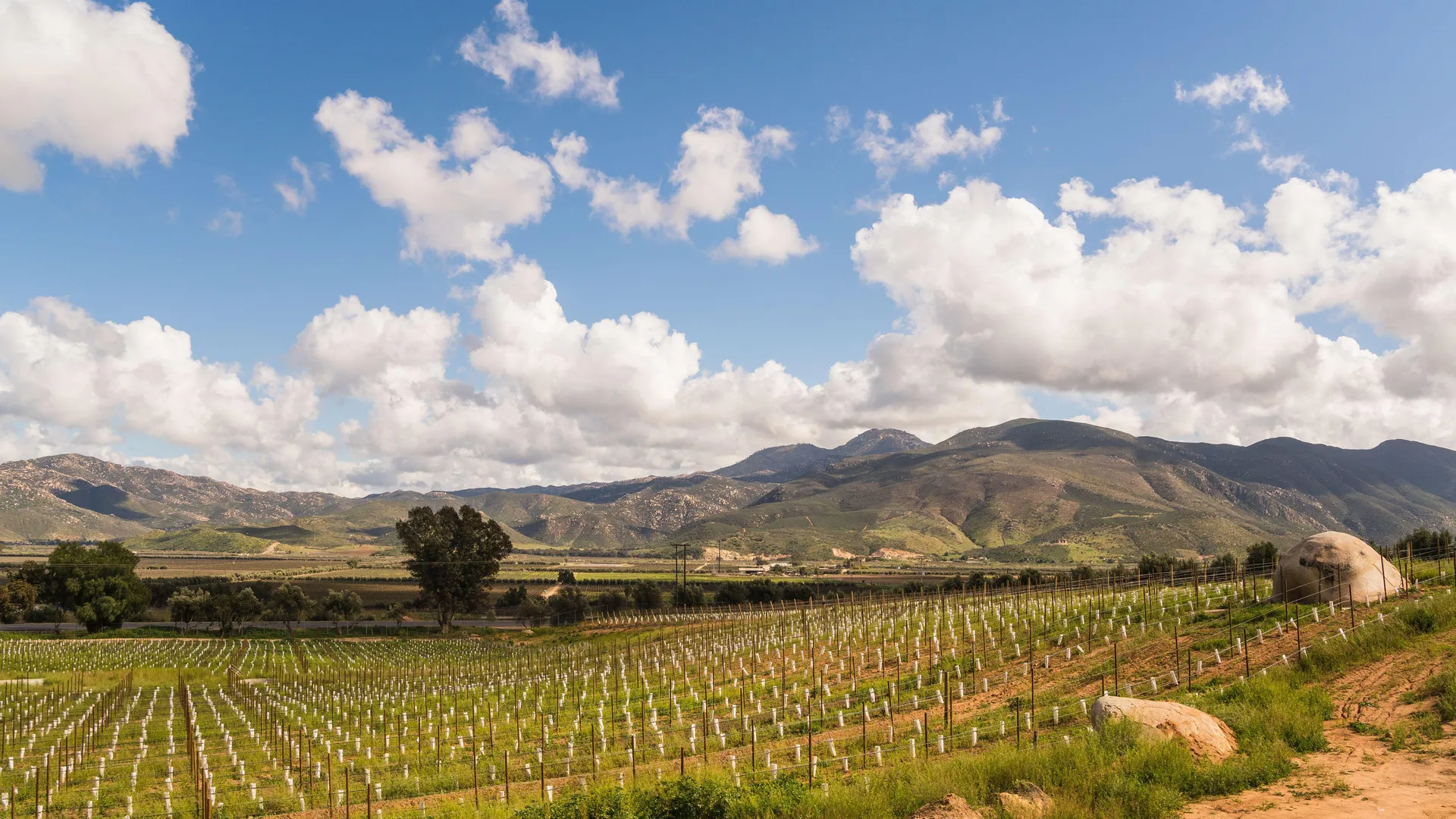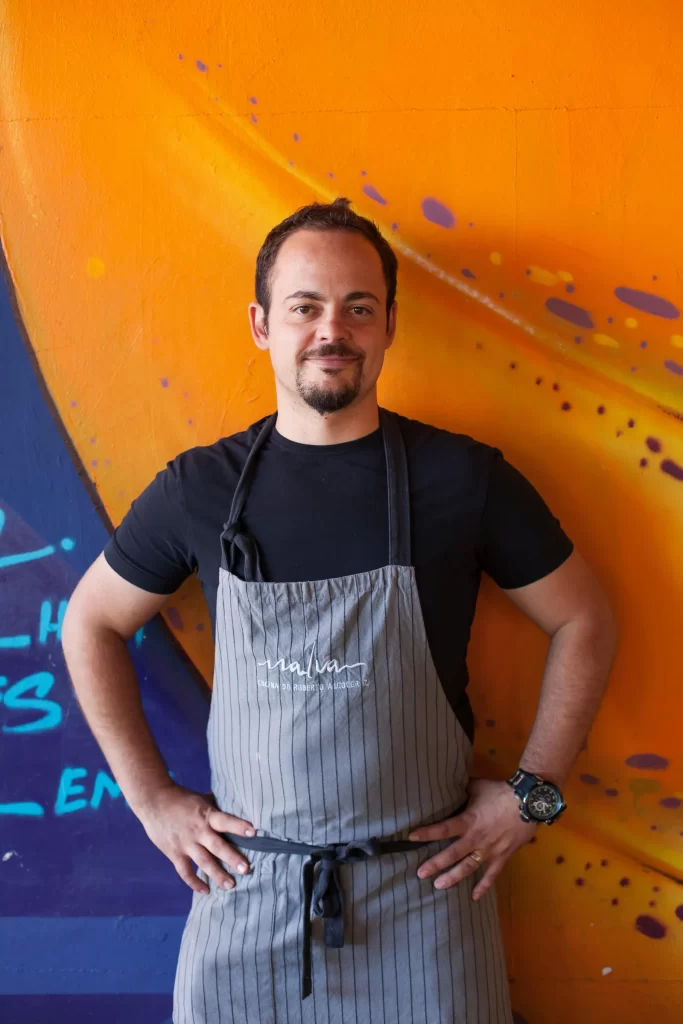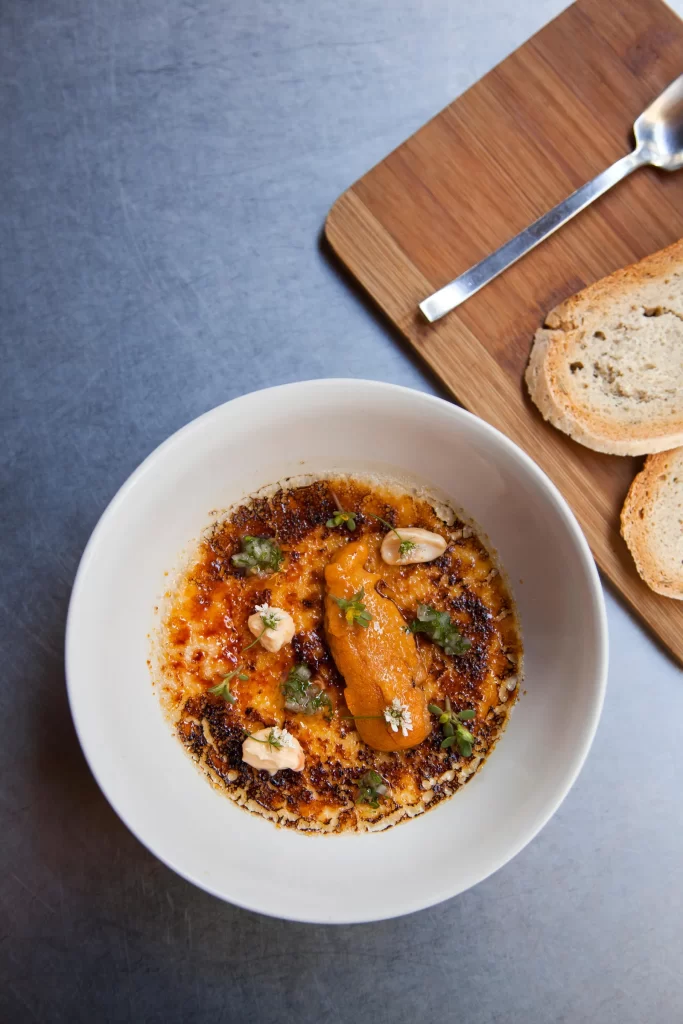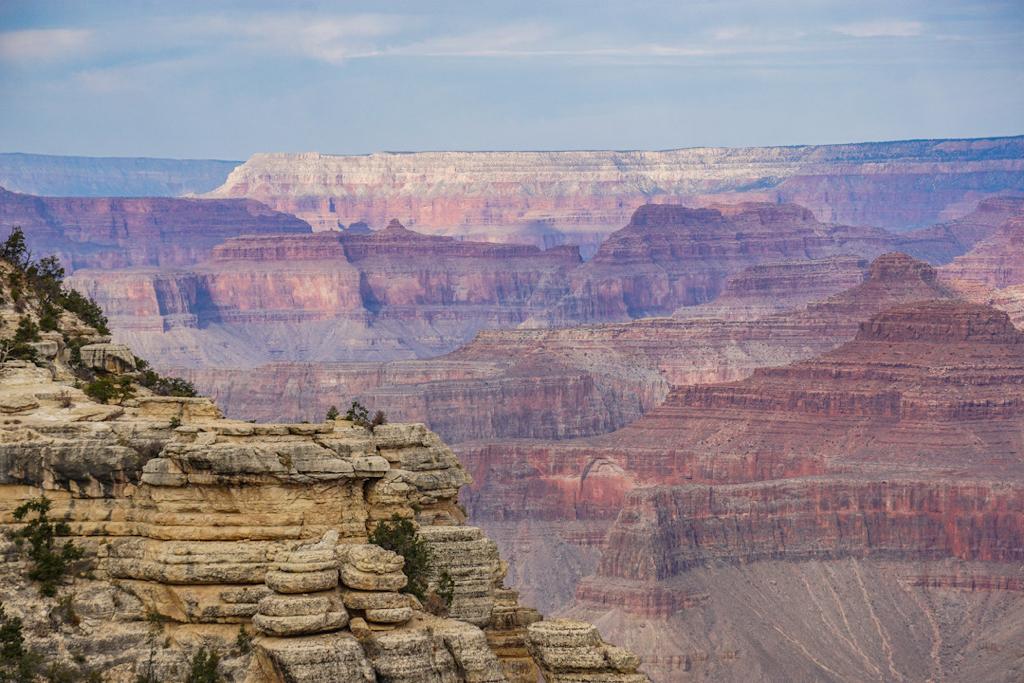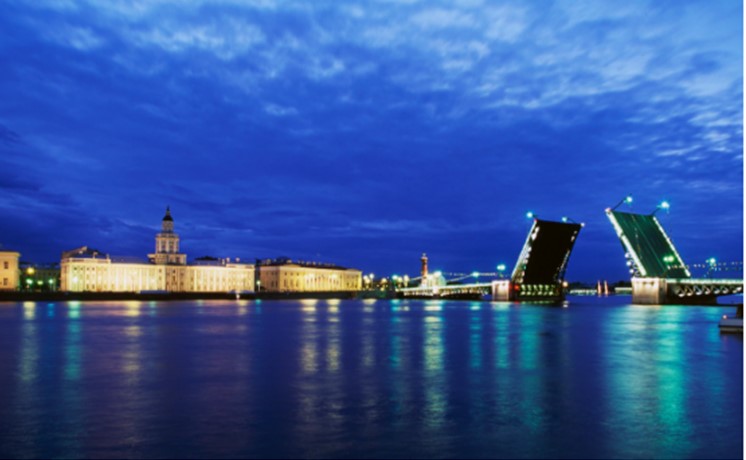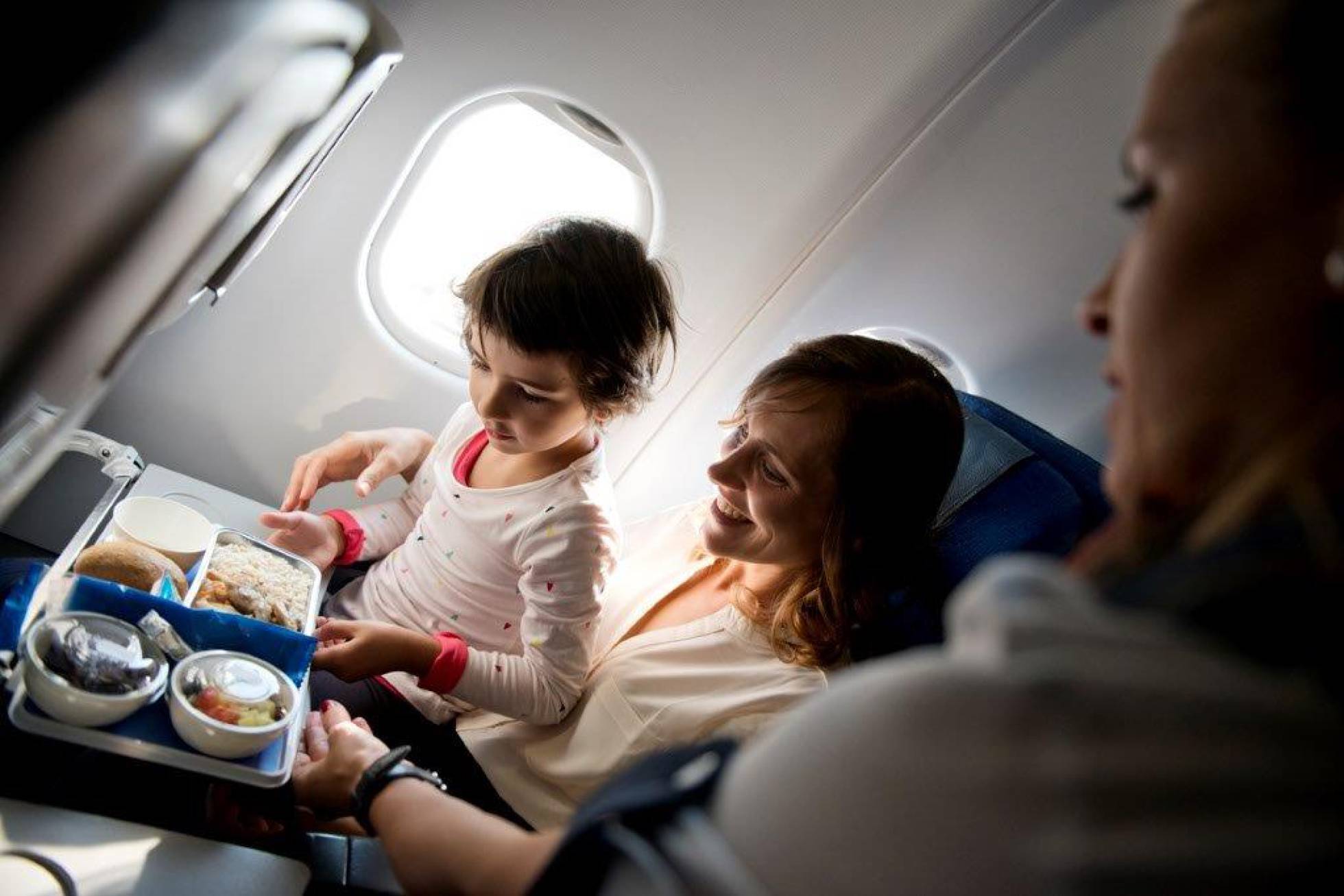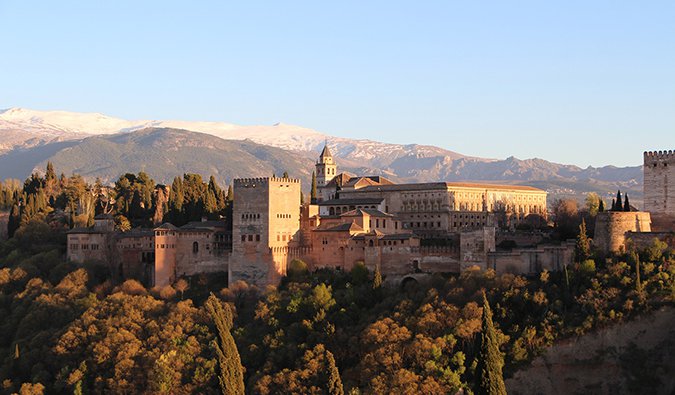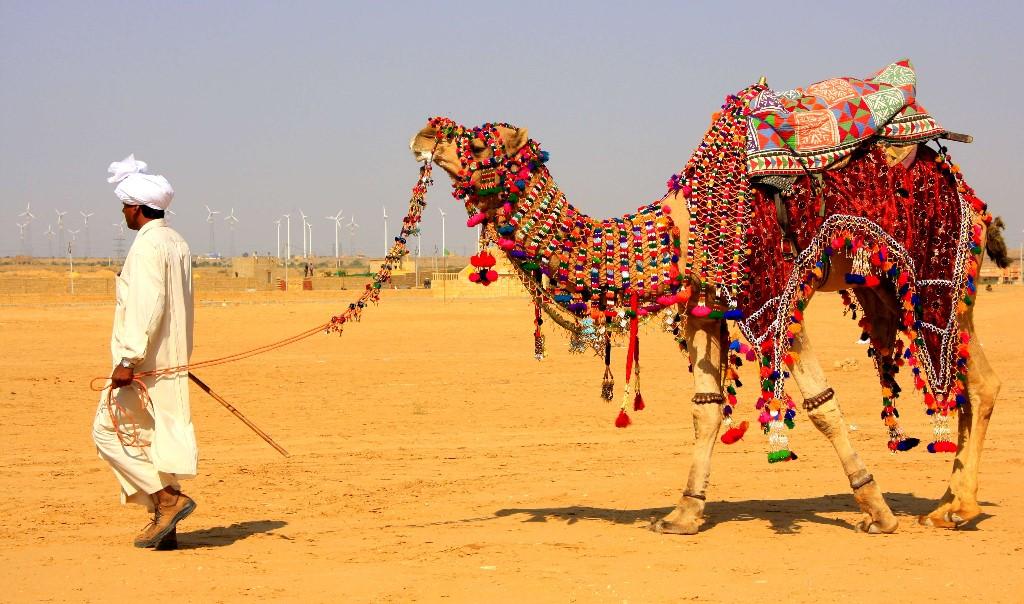Follow the scent of wood-fired seafood through sprawling Mexican vineyards and design-forward bed and breakfasts.
BY REBEKAH PEPPLER
November 6, 2023
Set in the northern Baja peninsula, Valle de Guadalupe is tucked in from the Pacific Ocean and the Sea of Cortéz, and hemmed by mountains on three sides. The valley cups the cool, ocean air drifting inland to form a Mediterranean microclimate—dry hot days, a firm afternoon breeze, cool nights—that makes Valle de Guadalupe a very good place to make wine. Indeed, this is Mexico’s wine country, home to over 150 wineries, and that same temperate microclimate that makes Valle de Guadalupe a very good place to make wine means it’s also a great place to visit year-round.
Valle de Guadalupe’s close proximity to the port of Ensenada and its fresh seafood, its hyperlocal produce, meats, and spectacular vistas combined with a deeply-rooted sense of community draws winemakers, chefs, architects, hoteliers, and visitors alike. There are lovely places to stay; and cool, personality-led pop-up dinners drawing in-the-know crowds from cities like LA and Tijuana. As the region continues to develop—with water in the region scarce at best and noise and sound pollution rising—an increasingly crucial conversation around sustainability parallels its growth. Responsible tourism plays an essential role in helping to ensure the integrity of Valle de Guadalupe lands remains for generations.
As a visitor, adopt a relaxed weekend mindset—no matter which days of the week you spend in Valle de Guadalupe. Dedicate your time to unhurried stops between wineries and restaurants; the evenings to resting under the stars. Should you be looking for a night out, head to Ensenada—a 20 minute or so drive—and don’t worry, we’ve included a few spots to help scratch that itch.
All listings featured on Condé Nast Traveler are independently selected by our editors. If you book something through our links, we may earn an affiliate commission.
Getting to Valle de Guadalupe
If you’re coming from the United States, Valle de Guadalupe sits about two hours south of San Diego, making it an accessible weekend trip from the San Diego or Los Angeles areas. Once past the border and through the traffic of Tijuana, the road opens into a postcard of a drive, best taken windows down for a salted breeze and unobstructed views of the Pacific glittering to your right. As you turn east and inland onto Route 3 (La Ruta del Vino) into Valle de Guadalupe, the landscape shifts to mountainous desert punctuated with rows of vineyards and olive tree groves.
What to do (and drink) in Valle de Guadalupe
It makes sense to drink wine in wine country, and that’s exactly what you come to Valle de Guadalupe to do. (A quick yet important note on drinking wine in Valle: if you don’t have a designated driver, you can hire a driver for the day—your hotel should be able to arrange this in advance.) With design-forward wineries, bottles that reflect the terroir, and an increasing slant toward organic, biodynamic, and low-intervention, deciding which vineyards and tasting rooms to visit during your stay has never been more challenging—or rewarding.
Build your own wine tour, starting at Natalia Badan’s Cavas del Mogor. A dedicated steward to the land, her family arrived in Valle de Guadalupe in 1950. Opt for a glass of Arrebol, a sunset pink rosé (suitably, the name speaks to the glow of clouds at sunset) or the French-inspired Malabar. While on the property, don’t miss, also, a glass—or bottle—of emerging winemaker Violeta Jiménez’s impeccable La Monema Pétillant Naturel. Made with grenache, a grape which thrives in Valle de Guadalupe, it’s bright, bubbly, unfiltered, and best enjoyed under the shade of the outdoor tasting area’s grand Pirúl (California pepper tree). End your visit here with a pour of Joto Juan, the first vin d’orange produced in Mexico. The balanced, bittersweet fortified wine is made with citrus from the property by Natalia’s son Juan Cristobal Rubio Badan. Book an appointment at the nearby Tres Mujeres for a wine tasting in their cave which also features ceramics by winemaker and ceramist Ivette Vaillard. If you’re lucky, Ivette will also let you peek into the windows of her intimate studio where she works on large-scale ceramics and tiles for private clients.
You’ll need a reservation at Mina Penélope with winemaker Veronica Santiago or her husband, the winery’s viticulturist Nathan Malagón. If you can’t get in for a tasting at the winery (which is the first on the right when driving into Valle de Guadalupe from the coast), stop by the adjoining open-air restaurant Malva for a bite from chef Roberto Alcocer’s menu and a few glasses of Mina Penélope’s Àmbar (skin contact, 100% sauvignon blanc with notes of stone fruit and black tea), Tejedora Brut Nature Rosé (made with double fermentation) and/or Julio 14 (a smooth, rich blend of Syrah, Grenache, and Mourvèdre). Pop by the tasting room at the family-owned Vinos Pijoan and opt for a tasting of second generation winemaker Silvana’s natural wines including Árbol de Fuego—a brightly acidic vin de soif—or her La Poubelle—a French-ish oxidative white made from 100% Sauvignon Blanc. Finally, while Fernanda Parra’s Pouya is not currently open to the public, seek out her series of low-intervention bottles online or at select shops. Named in honor of Parra’s great grandfather, she describes her wines, made with no additions or corrections, simply as “wines I want to drink.” You want to drink them too. In particular, look for Pouya’s dry, pale rose Brut Nature Rosé and her ruby-toned, bright, balanced Tinto—both 100% grenache. One spot in Valle de Guadalupe to drink Pouya is at Bloodlust, a natural wine bar and music venue opened in 2022 by Alfonso Muriedas. Pair your glass(es) with the menu of small bites, cocktails, and other pours (they also have Veronica Santiago’s and Silvana Pijoan’s wines on the list).
While there are more and more after-dark options in Valle, nighttime in Valle de Guadalupe is best kept quiet and relatively early, a way to both conserve your energy to do it all again the next day and play your role in not contributing to excess noise and light pollution in the valley. Go to dinner, head back to where you’re staying, and spend your evening gazing up at the star-rich sky. Should you want a night out, head to Ensenada. Order a cold beer or margarita at Hussong’s (the cantina claims to have invented the margarita in 1941), stop by for mezcal or natural wine at Loca, check the event calendar at La Perlita, a multidisciplinary art forum (and ceramic studio La Nopalera located inside) where you can find live music, plays, art exhibits, and more every month, or stop in to listen to a vinyl or live DJ set alongside drinks at La Bête Noire.
Where to eat in Valle de Guadalupe
If you’re lucky, good wine and good food come together. In Valle de Guadalupe, consider yourself very lucky. Chefs with access to and regard for farm-to-table ingredients, local meat, and fresh Baja seafood have created and continue to grow the region into a culinary destination.
Breakfast at La Cocina de Doña Esthela is mandatory. There are no reservations at Esthela Martínez Bueno’s house-turned-restaurant and the line of cars often spills onto the small, bumpy road leading up to the parking lot. It’s very much worth the wait. Put your name in and sip steaming pours of café de olla as you wait to be seated. On the way to your table, peek in the kitchen then order from a stacked menu: corn pancakes, borrego tatemado, machaca with eggs, birria de res; snack on the gratis chips, salsa, and Doña Esthela’s queso fresco until your breakfast arrives. If you’re there over the weekend, pop by the Buenas Migas stand set up just outside the restaurant for a classic butter, rosemary, or seasonal scone on your way in or out. Another AM option is Diego Hernandez and chef-partner Ana Juncal’s new Parador Mercedes, open for breakfast during the week and both breakfast and dinner on weekends. Geared toward locals and tourists, dishes range from daytime chilaquiles, pancakes, nopales rancheros, and chicharrón en salsa verde to nighttime ceviche, frijoles de la olla, and a variety of asados (whole fish, lamb, chicken, crisp-skinned pork) over the wood-fired grill. Tucked in the same parking lot as—and also served at—Parador Mercedes, the coffee at Electric Coffee Roasters is some of the best in town. (Should you need a pick me up before or after crossing the U.S.-Mexico border, they have outposts in Tijuana as well.) For another caffeine fix, pop by Das Cortez’s outpost at Finca Altozano for an americano or affogato.
Spend a leisurely afternoon at Conchas de Piedra ordering alternating platters of chef Drew Deckman’s fresh oysters adorned with briny, bright blue borage flowers and their grilled counterparts, cooked in chili-infused butter and topped with chicharrón. Pair it all with a glass—or bottle—of Hugo D’Acosta’s dry, sparkling Espuma de Piedra (the restaurant is set atop the Casa de Piedra winery). For dinner, make a reservation at Lunario. Opened in 2019, Sonoran chef Sheyla Alvarado’s four or six-course tasting menu changes monthly, highlighting the season. The beautiful space is designed by Tijuana-based Interior Design Studio, Casa Duhagón. Another night, set up at the long communal tables at Fauna, the restaurant at Bruma Winery opened in 2017 by husband-and-wife team chef David Castro Hussong and pastry chef Maribel Aldaco Silva.
Where to stay
There’s a range of places to rest in Valle de Guadalupe—from small bed and breakfasts to Italian-style villas to modern cabins tucked into the rocky hillside. There’s Villa Matilda, a bed and breakfast co-owned by Lupita (Guadalupe) Tinoco and her husband. The beautiful garden supplies breakfast in the morning (they also supply vegetables to Deckman’s en el Mogor—she’s Drew Deckman’s mother-in-law). Rest for the night at Tru Miller’s small, family-owned six room hacienda and take a break between tastings for an afternoon of horseback riding through the vineyards on Adobe Guadalupe’s Azteca horses. Enjoy coffee or a glass of wine with sweeping views of vineyards and lavender fields from the six room, Tuscan-style La Villa del Valle—while you’re there, pick up a bottle or two from Baja Botánica, their line of organic bath and body products, to take home. There’s also Casa 8, Bruma winery’s chic eight-room bed and breakfast.
At Encuentro Guadalupe wake up surrounded by endemic foliage and dramatic views in one of the standalone eco-lofts built into the hillside and designed by architect Jorge Gracia. If you’re willing and able, bring a few friends and spring for the eco casa; whatever room you choose, plan to sit by a fire and stargaze from your private patio at night. If you like, you can—and should—also consider staying outside Valle on the coast in Ensenada. Here, wake up to Pacific ocean views and breezes at Las Rosas or Coral y Marina.
On the way home check the border wait time if you’re driving back into the US through Tijuana, and factor in time to stop for seafood tostadas at Doña Sabina Bandera’s La Guerrerense’s iconic cart in Ensenada and/or a fish taco at El Nuevo Jalisciense just off Route 1.
